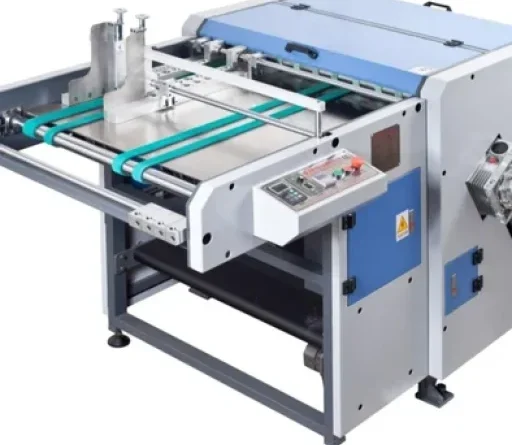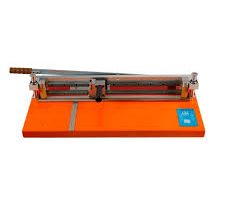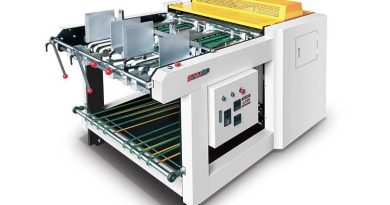What is Grooving Machinery? Mastering Precision Grooves in Manufacturing
Grooving machinery is pivotal in numerous manufacturing processes, known for its ability to create precise grooves in various materials. These machines are essential for enhancing the functionality and assembly of products across diverse industries. This article provides a comprehensive overview of what grooving machinery is, its operational mechanics, and its widespread applications.
Definition and Functionality of Grooving Machinery
Grooving machinery refers to equipment designed to create grooves or channels in materials such as metal, wood, and composites. These machines use cutting tools or lasers to carve precise grooves according to specific dimensions, which are crucial for fitting parts together, housing wiring, or even for decorative purposes. The precision and depth of the grooves can be adjusted according to the requirements of the project, making grooving machines incredibly versatile.
Technological Features
Modern grooving machinery incorporates several advanced features to ensure efficiency and accuracy:
- CNC Technology: Many grooving machines are equipped with Computer Numerical Control (CNC) systems, allowing for precise control over the grooving process and enabling complex patterns to be executed with high repeatability.
- Automated Material Handling: These machines often include automated feeding systems that ensure materials are moved through the machine accurately and efficiently, reducing manual labor and enhancing safety.
- High-Speed Cutting Tools: Advanced cutting technologies allow for rapid production without compromising the quality of the grooves, suitable for high-volume manufacturing settings.
Operational Benefits
The integration of grooving machinery in manufacturing processes offers numerous benefits:
- Enhanced Product Quality: Precision grooving improves the fit and finish of components, which is critical in high-specification industries such as aerospace and automotive.
- Increased Production Efficiency: Automation and high-speed cutting significantly speed up production cycles, allowing manufacturers to meet large orders promptly.
- Reduced Waste: Precise machining reduces material wastage, which is both cost-effective and environmentally beneficial.
Applications Across Industries
Grooving machinery serves a broad spectrum of industries due to its versatility:
- Automotive: Used for creating grooves in engine parts, brake systems, and other components where tight seals are necessary.
- Construction: Grooves in building materials like pipes and panels facilitate easier assembly and installation.
- Electronics: Precision grooves in electronic housings help in thermal management and component alignment.
- Furniture Making: Decorative grooving adds aesthetic value to wood and composite furniture.
Future Trends
The future of grooving machinery looks towards even greater precision and integration with smart technologies. The use of AI and IoT devices to monitor and optimize the grooving process is expected to rise, potentially increasing efficiency and predictive maintenance capabilities. Additionally, the ongoing push for sustainability might drive innovations in grooving tools that minimize energy consumption and further reduce waste.
Conclusion
Grooving machinery is an indispensable tool in modern manufacturing, enabling precise and efficient production across various industries. As manufacturers continue to seek more sophisticated methods to enhance product quality and production efficiency, grooving machinery will remain a critical component of manufacturing infrastructure, evolving with technological advances and industry needs.



